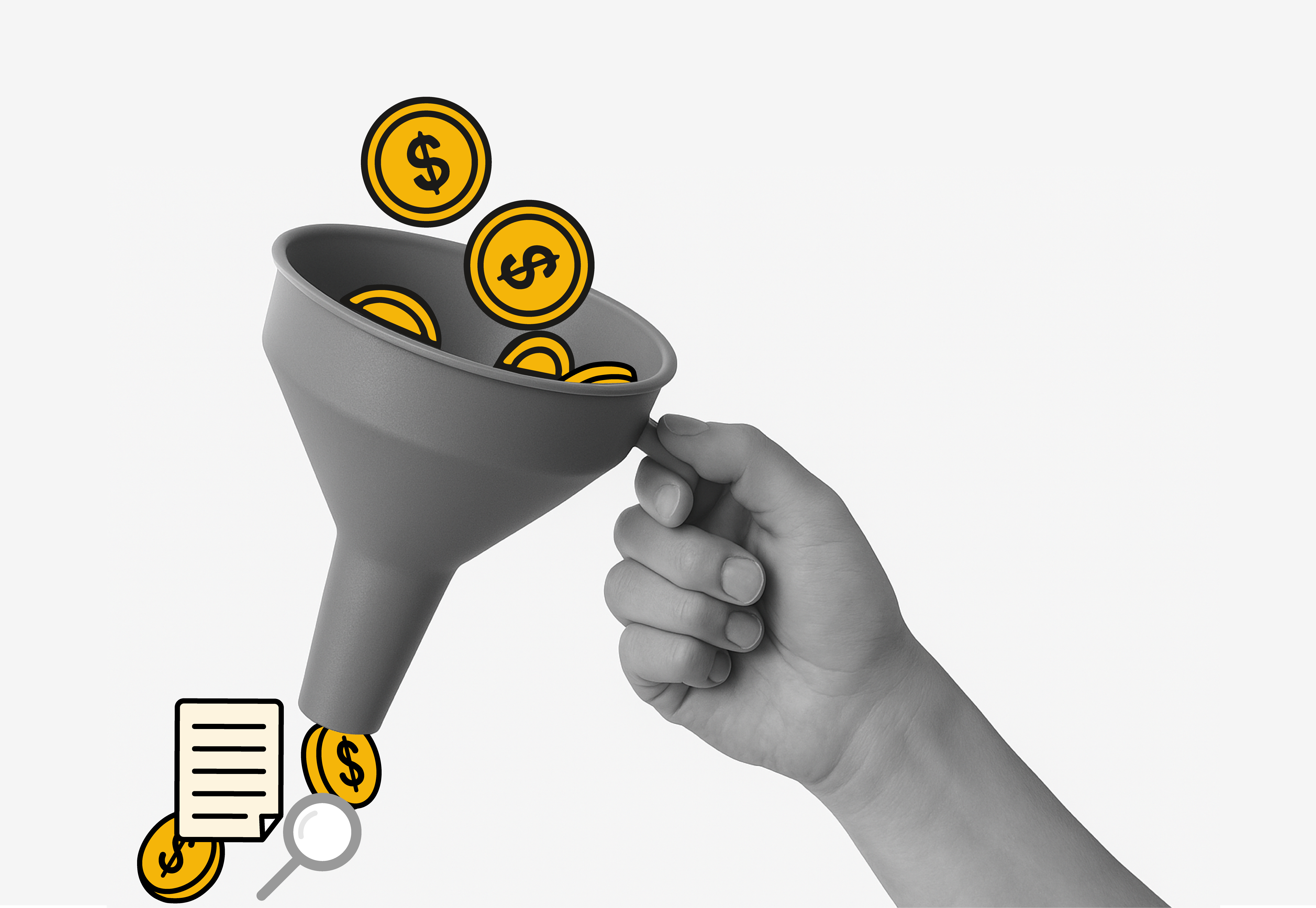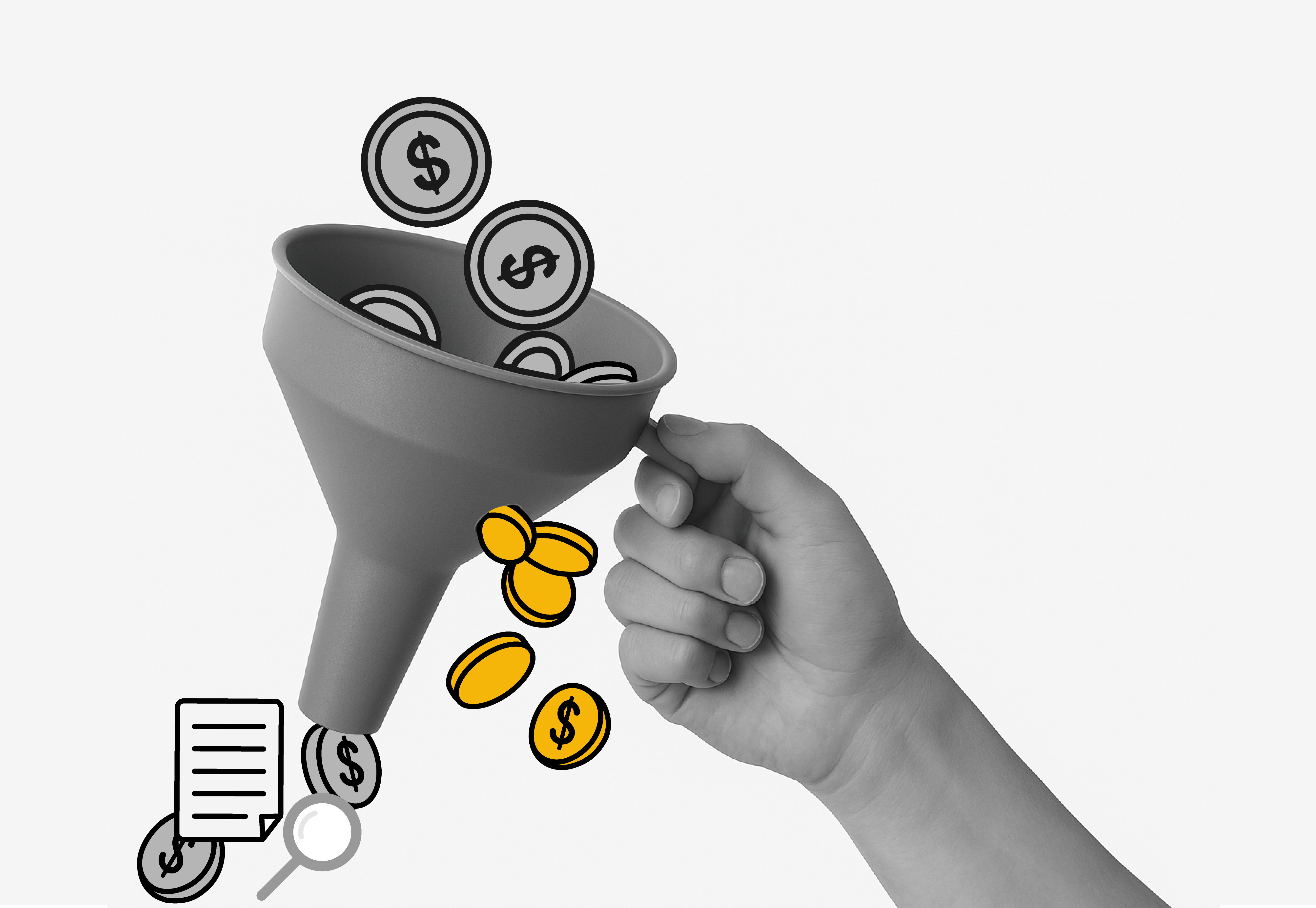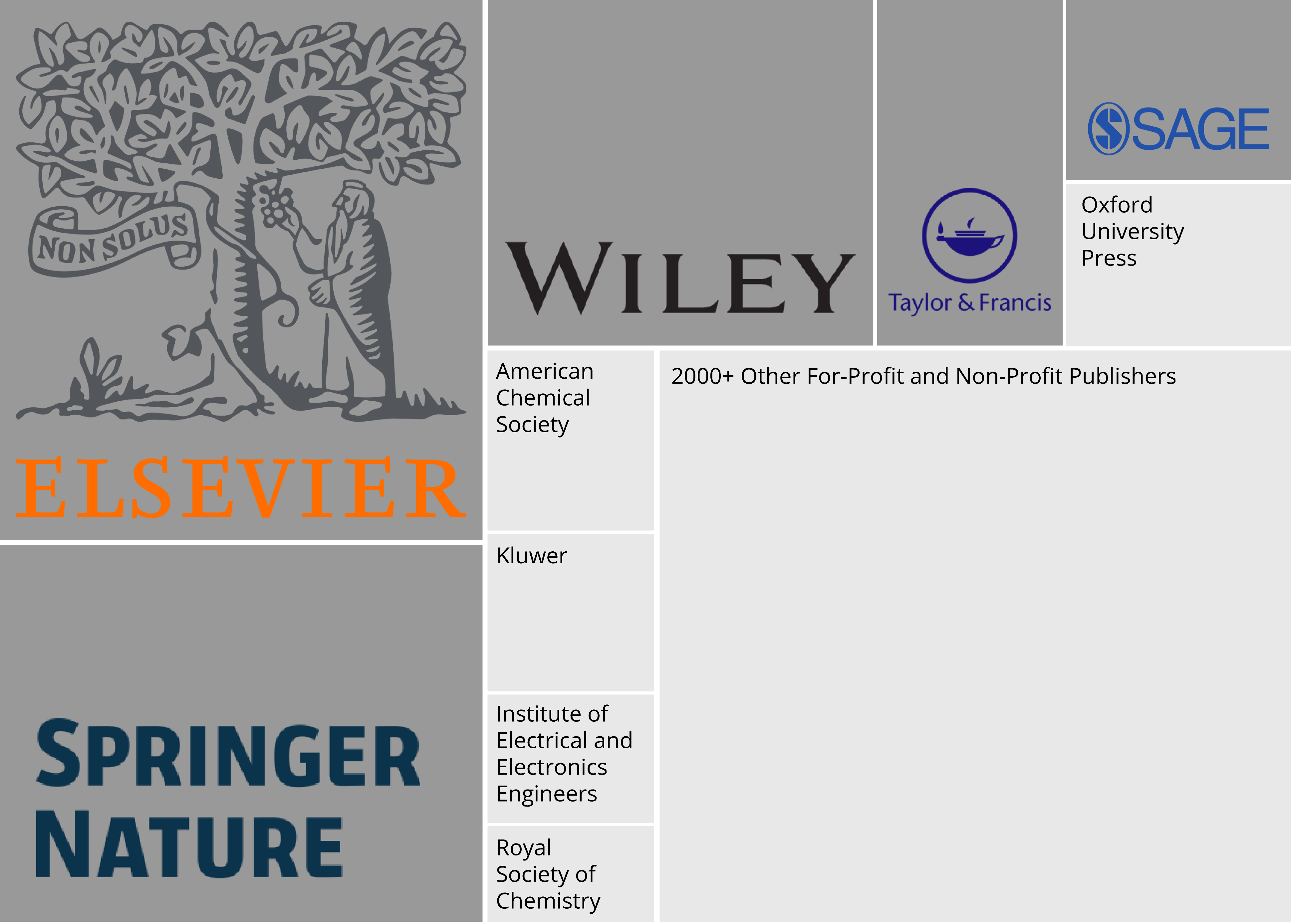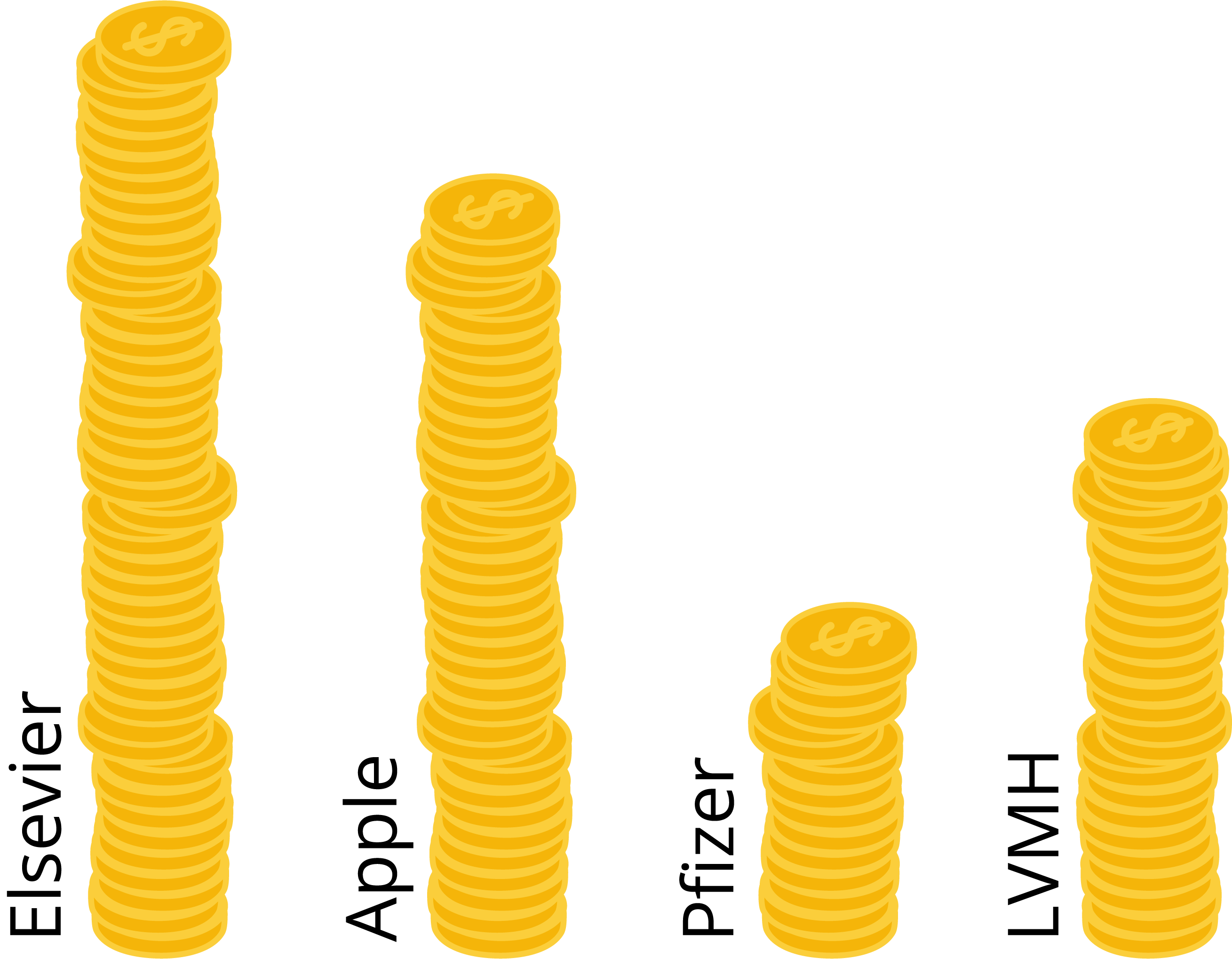Every year, you help fund academic research across every discipline — from cancer research, space exploration, and climate modeling,
to education, equity, and public policy.
to education, equity, and public policy.



Federal agencies like NIH, NSF, NASA, and NEH distribute research funding to universities and institutes, where scholars carry out the work.
Peer review, a critical part of the publishing process, relies almost entirely on researchers volunteering their time.
Sometimes the resulting publications are locked behind paywalls, forcing institutions (or the public) to pay again just to access them.
Othertimes, researchers pay thousands upfront to publish in open-access journals.
Othertimes, researchers pay thousands upfront to publish in open-access journals.
Either way, commercial publishers profit.

